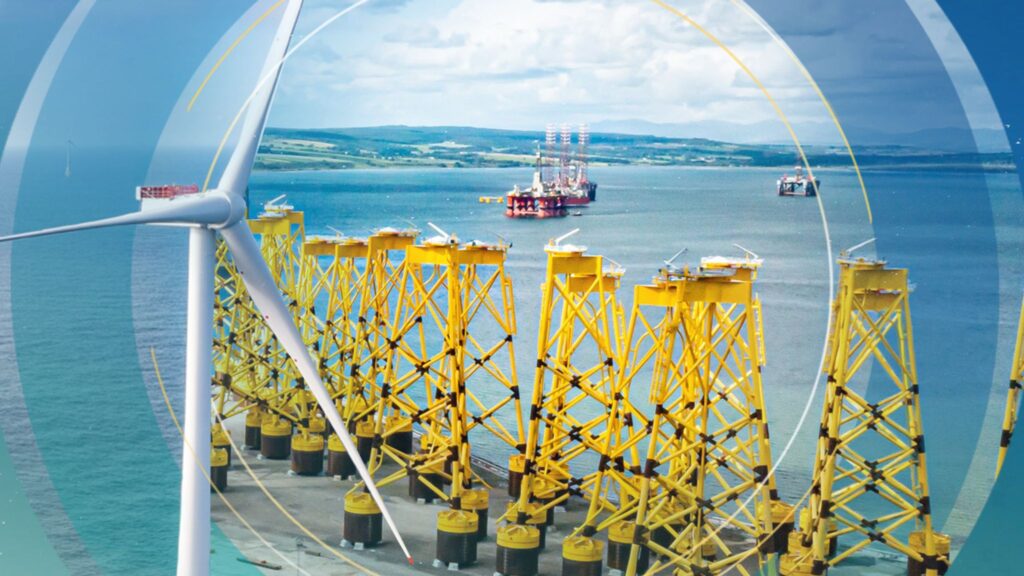18th March 2024 —
—

—
| Cookie | Duration | Description |
|---|---|---|
| cookielawinfo-checbox-analytics | 11 months | This cookie is set by GDPR Cookie Consent plugin. The cookie is used to store the user consent for the cookies in the category "Analytics". |
| cookielawinfo-checbox-functional | 11 months | The cookie is set by GDPR cookie consent to record the user consent for the cookies in the category "Functional". |
| cookielawinfo-checbox-others | 11 months | This cookie is set by GDPR Cookie Consent plugin. The cookie is used to store the user consent for the cookies in the category "Other. |
| cookielawinfo-checkbox-necessary | 11 months | This cookie is set by GDPR Cookie Consent plugin. The cookies is used to store the user consent for the cookies in the category "Necessary". |
| cookielawinfo-checkbox-performance | 11 months | This cookie is set by GDPR Cookie Consent plugin. The cookie is used to store the user consent for the cookies in the category "Performance". |
| viewed_cookie_policy | 11 months | The cookie is set by the GDPR Cookie Consent plugin and is used to store whether or not user has consented to the use of cookies. It does not store any personal data. |
Tomorrow, National Grid ESO‘s eagerly anticipated report will unveil a momentous £58 billion long-term decarbonization strategy extending to 2035.
Jake Rigg, External Affairs Director, ESO, presented a summary of the transformative plan on BBC Radio 4 today. The plan aims to catalyze the decarbonization of the electricity system by 2035 through offshore wind initiatives.
Key facets of this plan include:
– Facilitating the integration of offshore wind resources into the grid to facilitate the distribution of clean energy.
– A substantial investment in offshore wind infrastructure, with an envisaged capacity of 25-30GW off the coast of Scotland.
– Striking a balance between meeting power demands while spearheading the transition to clean energy sources.
– Prioritising the welfare of communities by mitigating the impact of infrastructure projects.
– Implementing ambitious measures such as double cabling spanning over 3,800km offshore and prioritizing underground cables in areas of outstanding natural beauty.
The decision-making process regarding whether to utilise underground or overhead cabling is predominantly political, emphasising the necessity of collaborative efforts for sustainable progress.